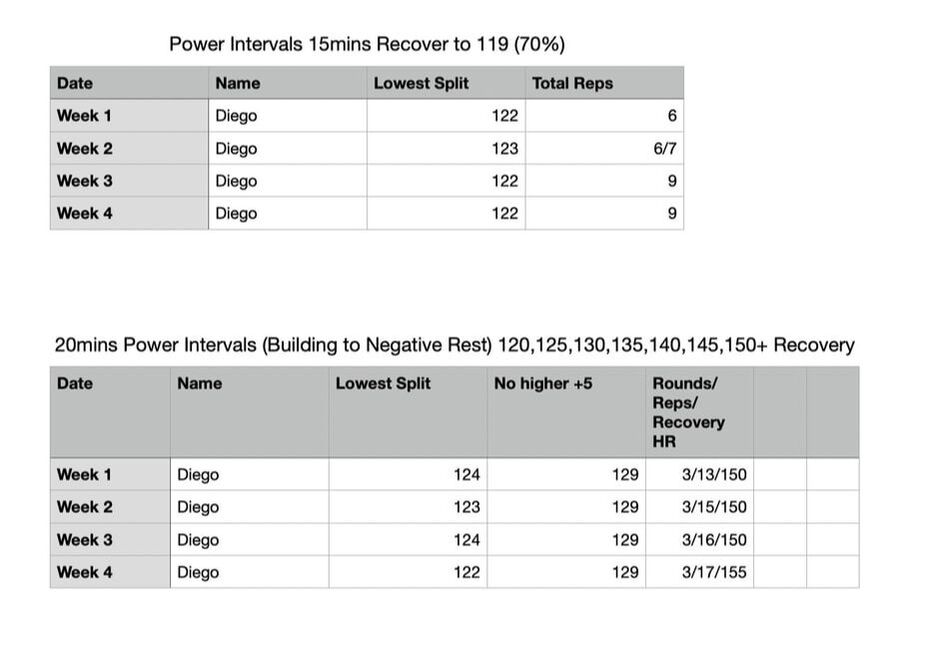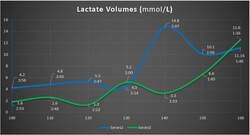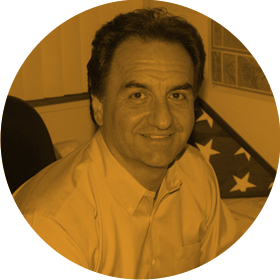"Unseen results often seem less drastic". The Unseen As coaches and trainers our goal is to help our clients make progress. There are many ways to measure progress objectively, but many can also be seen subjectively with our eyes. I can see when your movement is improving, I can tell when things are getting easier for you, I can tell when you're ready for more weight. Yet, to REALLY appreciate the changes you make it helps to have objective data. That's why we use the FMS to objectively measure movement. That's why we love to use heart rate monitors to show changes in work rate as well as recovery rate. I never ask my clients to do any additional testing like body fat%, blood work, or lactate threshold testing. Yet when clients volunteer to do so, the results can seem much more drastic. Unseen results often seem less drastic simply because they aren't visible. Diego Diego is a competitive masters rower who worked with me virtually. We met twice a week for four months. He spend three other days working on developing his aerobic base alternating between walking, swimming, and rowing (note that the development of a solid aerobic base does not need to always involve rowing). Together we worked on his movement skills, core, strength, and anaerobic, rowing specific fitness. Sessions were broken down as follows: Warm-up: ~15mins Strength: ~30mins Energy System Development: ~15mins (Note that we didn't spend hours here). We followed a basic progression for strength training including: 1) A movement focused phase 2) An endurance focused phase 3) A strength focused phase 4) A power focused phase Intervals were always based on his physiology that specific day (heart rate monitor). One final note: Diego worked hard! He was committed (never missed a day) and he challenged himself WAY beyond what my motivation could provide alone. Heart Rate Feedback Heart rate monitors can be very valuable for the following reasons: 1) Appropriate Intensity 2) Appropriate Recovery 3) Visual Feedback 4) Pacing 5) Recovery Education When we don't use a heart rate monitor we are guessing and hoping that the intensity we are choosing is the correct intensity to stimulate the adaptation we're looking for. When we don't use a heart rate monitor we are guessing and hoping that the recovery we are choosing is adequate to stimulate the adaptation we're after. When we use a heart rate monitor we are instantly given visual feedback on what it feels like to be in each zone, we are able to see how our mindset, breath, and pace impact our heart rate. When we use a heart rate monitor we are able to pace ourselves successfully through races and training. When we use a heart rate monitor we are able to learn how to recover more quickly between pieces, or race day moves.  Here is a screenshot of some of the data I collected over the course of the power phase. What they both show is that Diego's recovery and power improved throughout the four weeks despite being fatigued from progressively more challenging strength training. To me this information was valuable and reward enough. Cue the lactate threshold test. Lactate Threshold  Diego decided he wanted to experiment and have his wife make him bleed several times to take it a step further and look at his lactate production. This is where the unseen results come into play. We normally wouldn't be able to see what was happening in Diego's blood, we would just notice that he was improving. Take a look at this chart and tell me that these results don't make the training he did seem more effective and reliable? The blue line is the 1st test, the green line is the second test. Here's what this chart says to me: 1) Improved lactate threshold (he stays aerobic longer).
2) A more gradual rise in lactate production (it takes longer to experience the burn). 3) A better utilization of lactate (lactate can be used as fuel more effectively). 4) Improved efficiency (his LT was originally met at a 2:14 split, now it's met at 1:53)!
Moral of the Story? Appreciate and value the training your doing even if you only subjectively see the results. There's probably a lot more going on inside that you can't see!
0 Comments
Leave a Reply. |
Author
Blake Gourley holds a Masters of Science in Sports Performance Training and has over 12+ years of experience working with rowers. Read more Categories
All
Archives
August 2023
|


 RSS Feed
RSS Feed